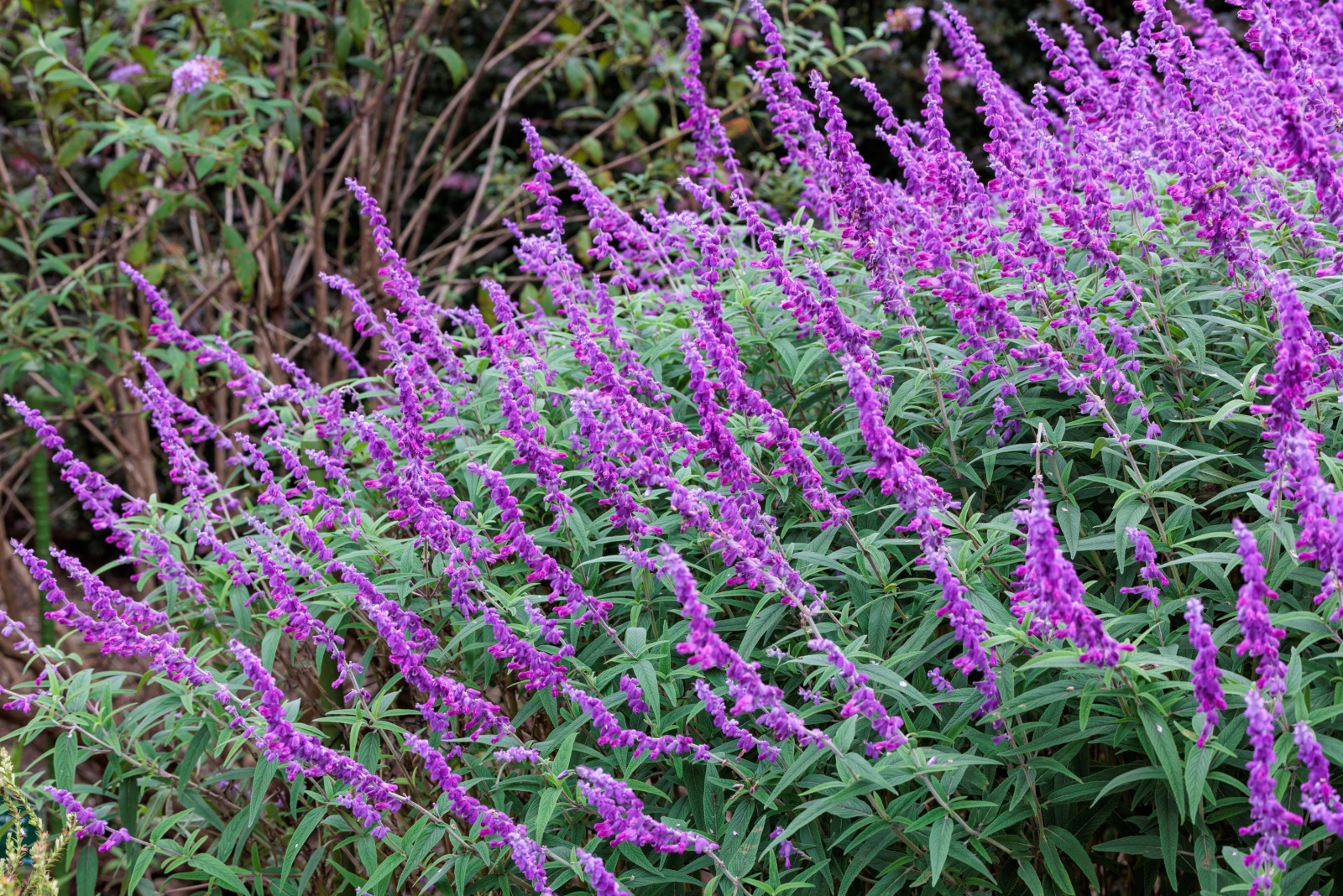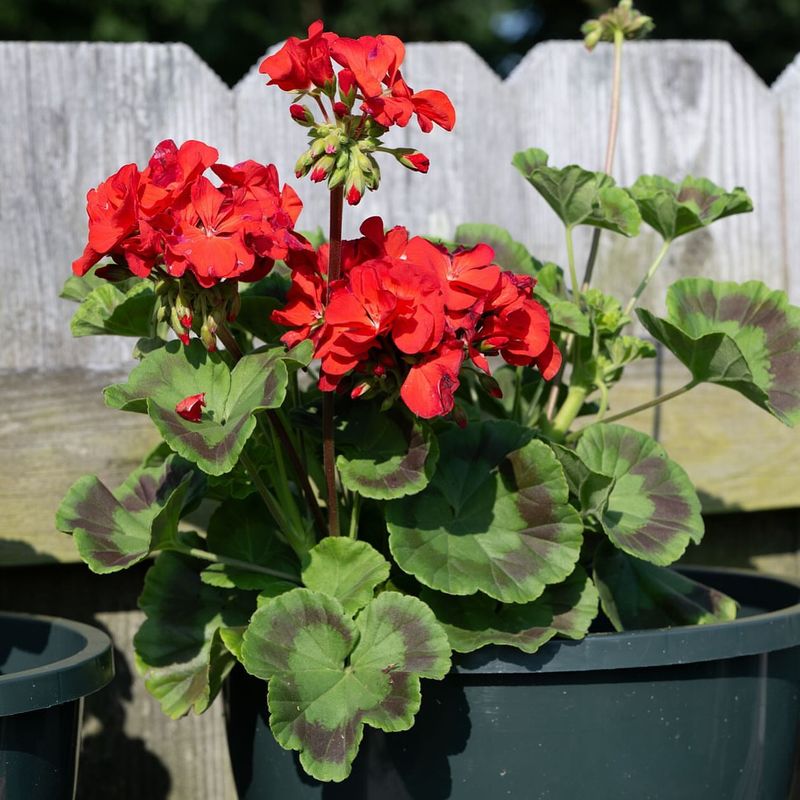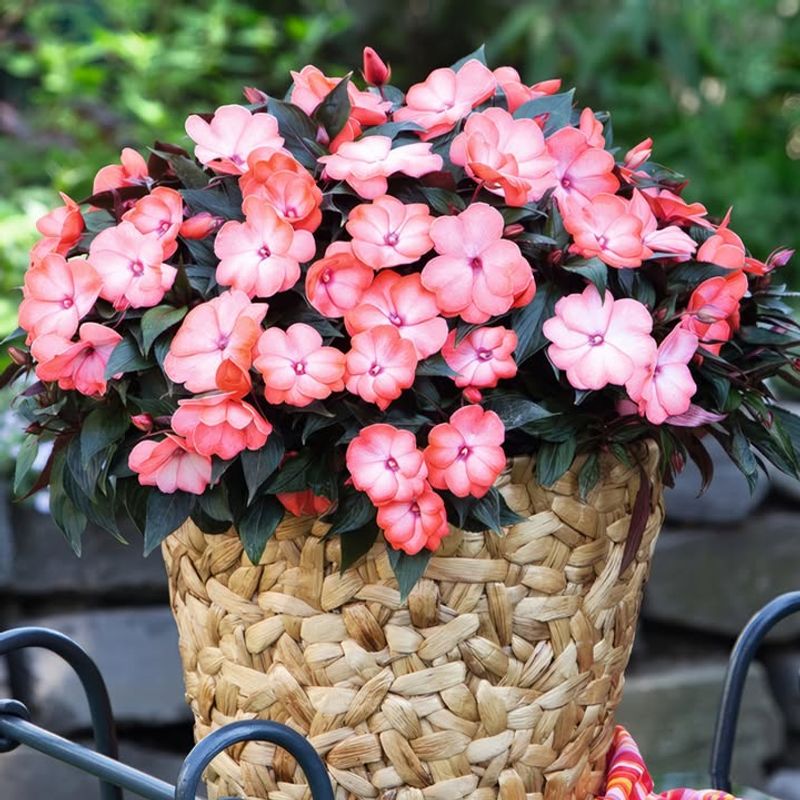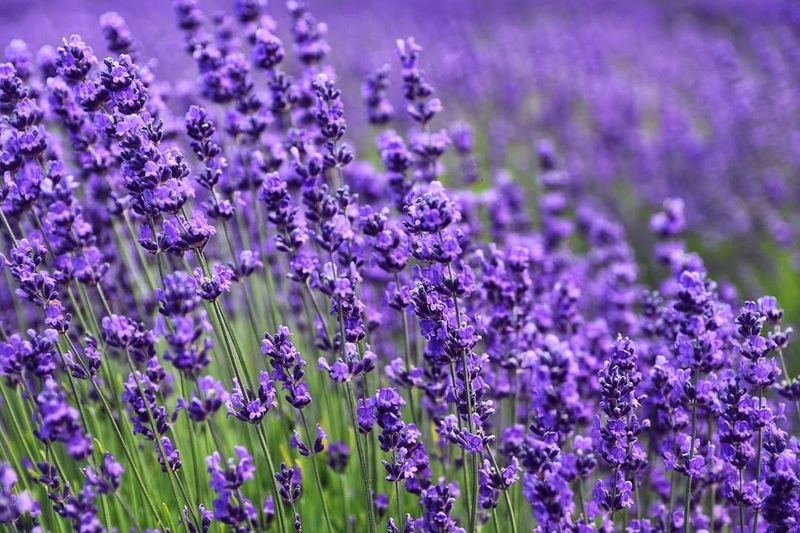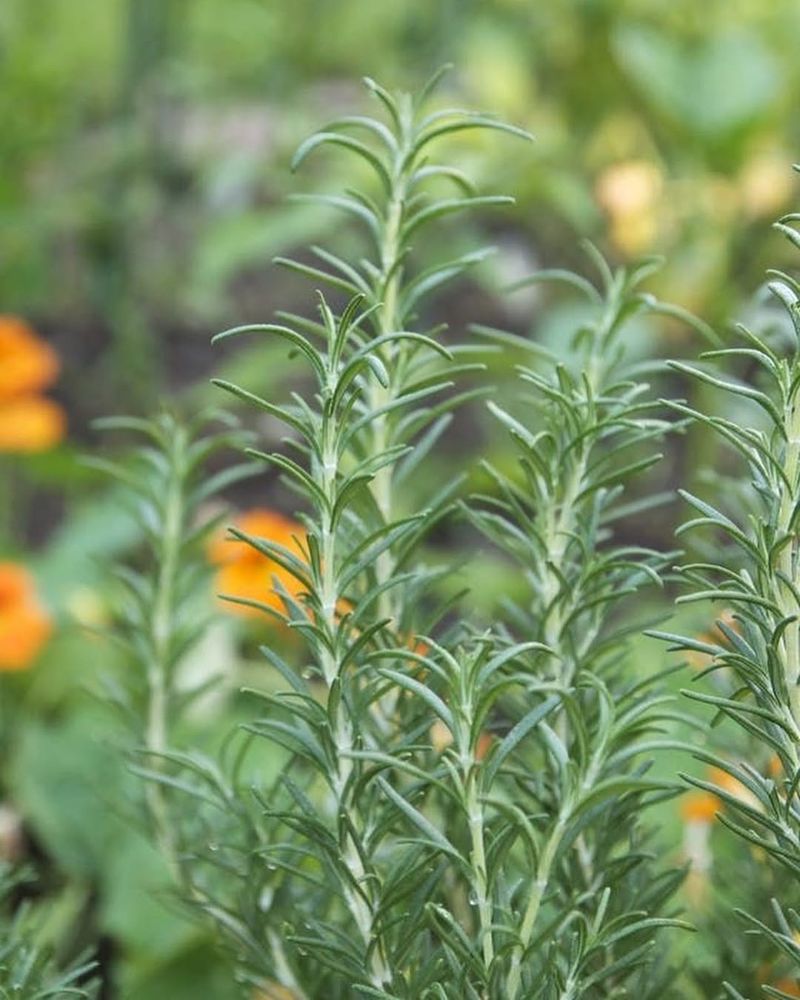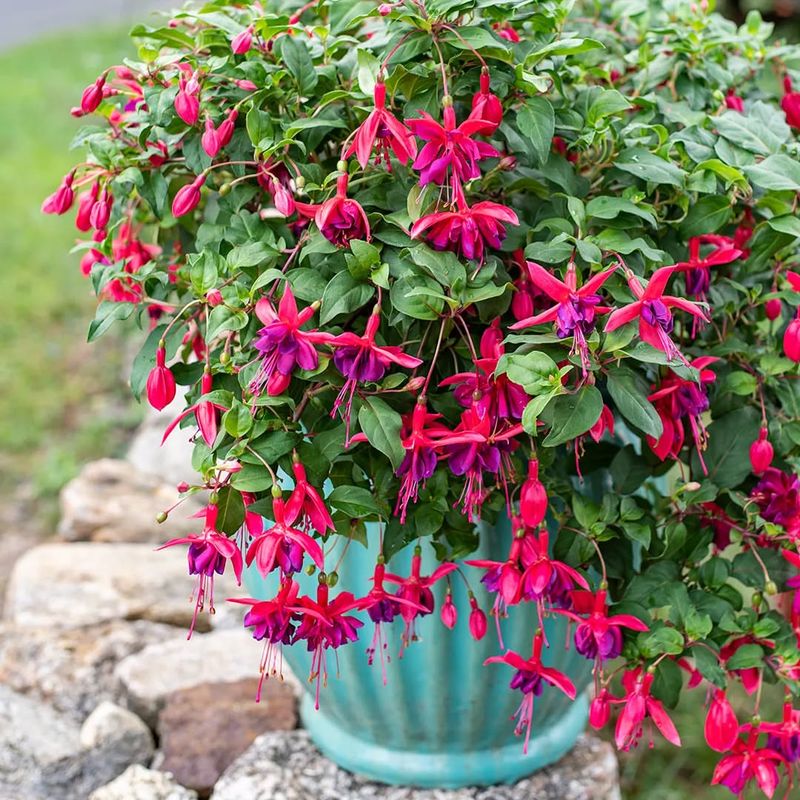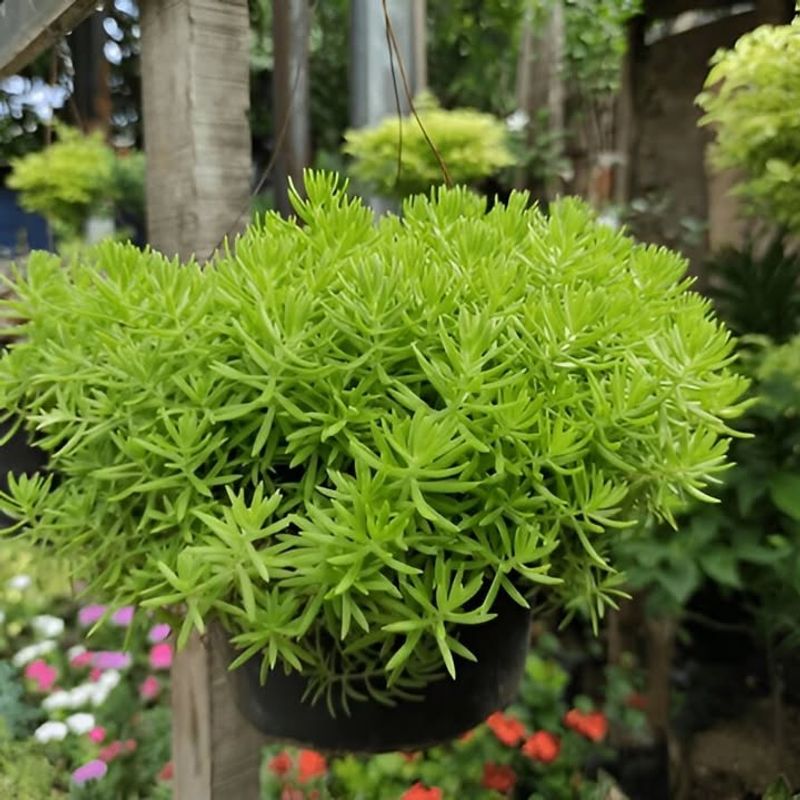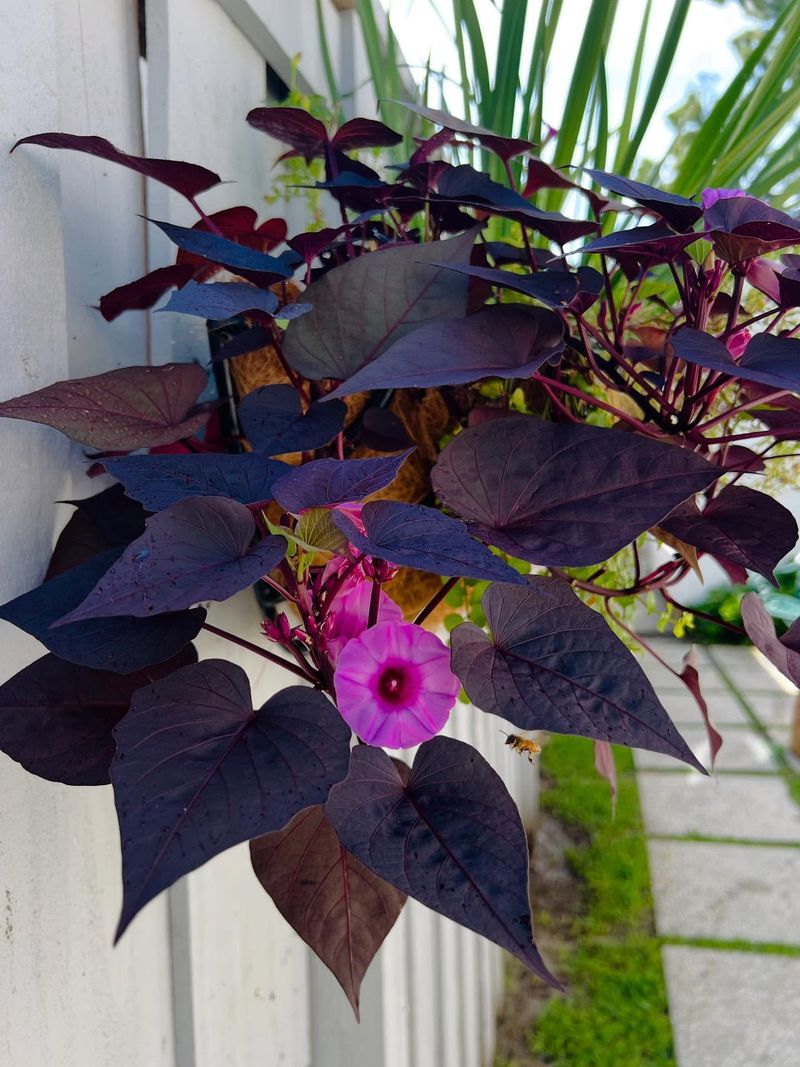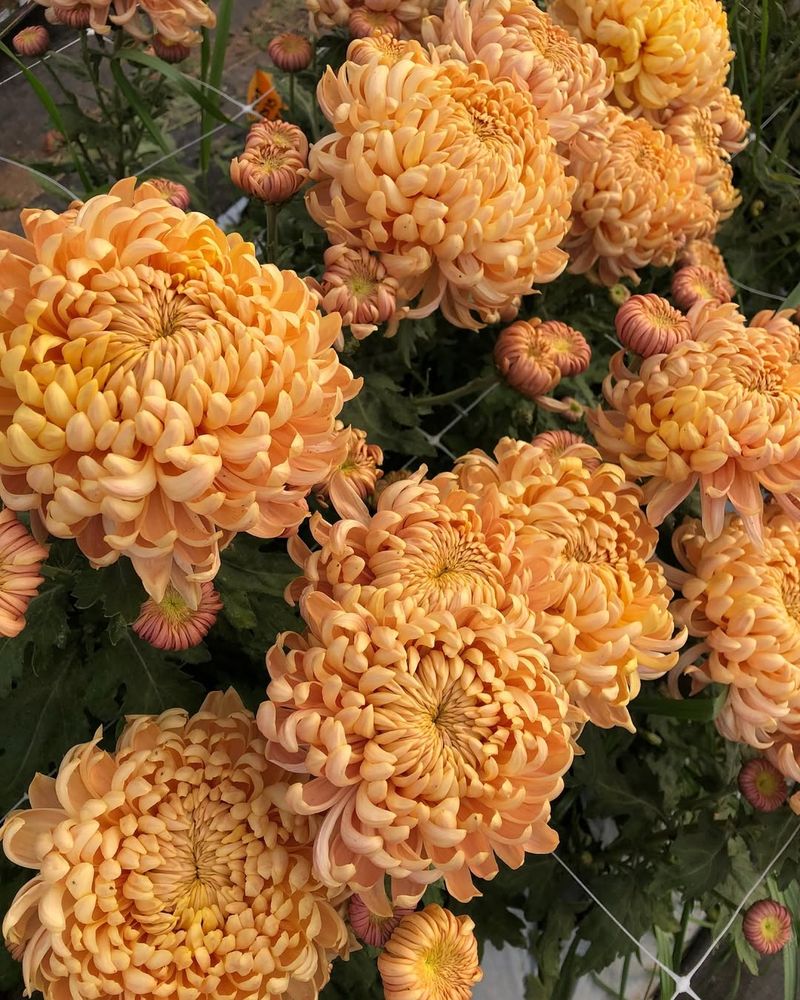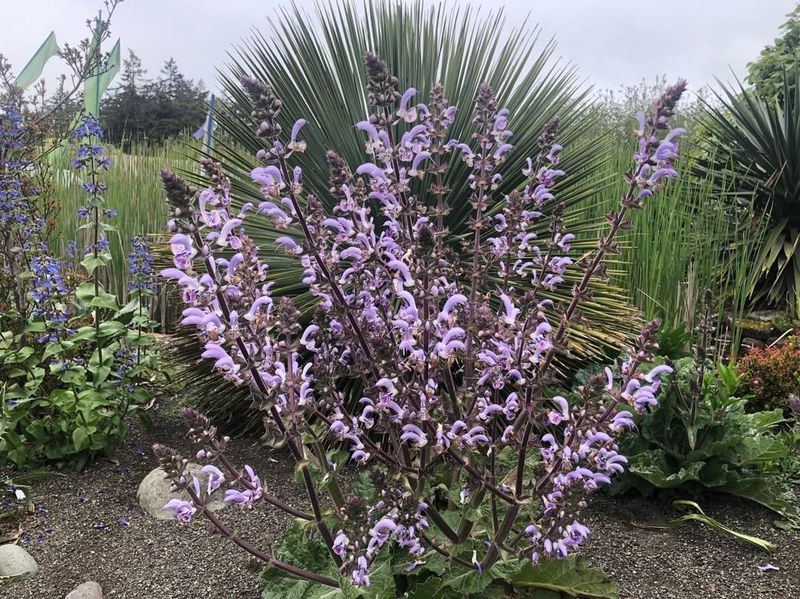Minnesota winters don’t pull punches, and once the deep freeze settles in, many tender plants simply can’t take the hit.
That’s why smart gardeners get ahead of the cold by snipping cuttings before winter clamps down. It’s an easy, thrifty way to save favorite plants, multiply hard-to-find varieties, and guarantee a fresh start come spring.
With a few well-timed cuttings, you can turn a single garden season into years of new growth, no matter how long or cold the winter gets.
1. Geraniums
Bright blooms and sturdy stems make geraniums one of the easiest plants to propagate through cuttings. Snip a four to six-inch piece from a healthy stem, remove the lower leaves, and place it in water or moist soil.
Within two to three weeks, roots will begin forming. Geraniums handle indoor winter conditions beautifully, requiring only a sunny windowsill and occasional watering.
By spring, you’ll have robust plants ready to return outdoors, saving you the cost of buying new ones each season.
2. Coleus
Few plants offer the dazzling color variety that coleus brings to gardens. Their bold, patterned leaves create stunning visual displays throughout summer and fall.
Cuttings root incredibly fast in plain water—you’ll see white roots sprouting within just five to seven days. Choose stems with the most vibrant coloring for the best results.
Keep them in bright, indirect light indoors during winter. Come May, you’ll have dozens of new plants to share with neighbors or fill your own beds.
3. Begonias
Gardeners treasure begonias for their delicate flowers and glossy foliage that brighten shady spots. Taking cuttings preserves these tender perennials that cannot tolerate Minnesota’s freezing temperatures.
Cut four-inch sections from non-flowering stems for the best success rate. Remove lower leaves and plant in moist potting mix, keeping the soil consistently damp but not waterlogged.
A plastic bag placed over the pot creates a mini greenhouse effect, speeding up root development. Within three weeks, your cuttings will establish strong roots.
4. Impatiens
Anyone who loves shade gardening knows impatiens provide non-stop color from spring until frost. These cheerful flowers root so easily in water that even kids can successfully propagate them.
Select healthy stems about four inches long and strip off the bottom leaves. Place several cuttings in a glass jar filled with fresh water, changing it every few days.
Roots appear within one to two weeks. Once established, pot them up and enjoy their blooms on your windowsill throughout winter months.
5. Lavender
That heavenly fragrance and calming presence make lavender a garden favorite worth preserving. While established plants can survive Minnesota winters with protection, taking cuttings ensures you’ll have backup plants ready.
Choose semi-hardwood stems from this year’s growth, cutting just below a leaf node. Remove lower leaves and dip the cut end in rooting hormone for better results.
Plant in sandy, well-draining soil and keep slightly moist. Patience pays off—lavender cuttings take four to six weeks to root properly.
6. Rosemary
Nothing beats having fresh rosemary available year-round for cooking, and cuttings allow you to bring this Mediterranean herb indoors. Select young, flexible stems rather than woody older growth for the highest success rate.
Cut three to four-inch pieces, strip the lower half of needles, and plant in light potting soil. Keep the soil barely moist—rosemary hates soggy conditions.
Place your pot in a sunny south-facing window. Roots develop slowly over four to eight weeks, but the wait is worthwhile.
7. Fuchsia
Those elegant, dancing flowers make fuchsias irresistible to hummingbirds and gardeners alike. Since they’re tropical plants, Minnesota winters are far too harsh for them to survive without protection.
Take cuttings in late summer before temperatures drop below fifty degrees at night. Choose soft, non-flowering shoots about three inches long and remove the lower leaves.
Root them in moist vermiculite or perlite, keeping them in bright but indirect light. Cuttings root within two to three weeks and will bloom indoors if given enough light.
8. Mint
Mint spreads like wildfire in gardens, but that aggressive growth makes it perfect for winter cuttings. You’ll have fresh leaves for tea and cooking all winter long with minimal effort.
Simply snip four to six-inch stems and place them directly in a glass of water on your kitchen counter. Roots emerge within just three to five days—it’s almost magical how quickly they grow.
Change the water weekly to prevent algae buildup. Once roots reach two inches long, transfer to soil or keep growing in water indefinitely.
9. Sedum
Did you know these drought-tolerant succulents propagate from even the tiniest pieces? While many sedum varieties survive Minnesota winters, taking cuttings lets you expand your collection effortlessly.
Break off stems or even individual leaves and let them dry for one to two days before planting. This callusing period prevents rot and ensures success.
Place cuttings on top of dry cactus soil and mist lightly every few days. Roots develop within two weeks, requiring almost no attention or care from you.
10. Sweet Potato Vine
Those cascading chartreuse or purple leaves add drama to containers all summer long. Sweet potato vines root faster than almost any other plant, making them ideal for beginners trying propagation.
Cut six-inch sections from healthy stems and remove the lower leaves. Place cuttings in water, and you’ll see roots within just four to seven days—sometimes even sooner.
Pot them up for indoor growing, or keep them in water all winter. They’ll grow vigorously under bright indoor light, ready to transplant outdoors in spring.
11. Chrysanthemums
Fall wouldn’t feel complete without the rich colors of chrysanthemums brightening porches and gardens. While many varieties are hardy, taking cuttings ensures you’ll preserve your favorite colors and forms.
Wait until after flowering finishes, then cut four-inch shoots from the base of the plant. Remove flower buds and lower leaves before planting in moist potting soil.
Keep cuttings in a cool, bright location throughout winter. They’ll develop strong root systems and be ready to plant outdoors when danger of frost passes.
12. Salvia
Hummingbirds and butterflies flock to salvia’s vibrant flower spikes all season long. While some varieties handle cold winters, tender salvias need protection through propagation.
Take cuttings from new growth rather than old, woody stems for the best results. Cut four to five-inch pieces just below a leaf node and remove the bottom leaves completely.
Dip cut ends in rooting hormone and plant in sterile potting mix. Keep soil evenly moist and provide bright, indirect light. Roots form within three to four weeks reliably.

